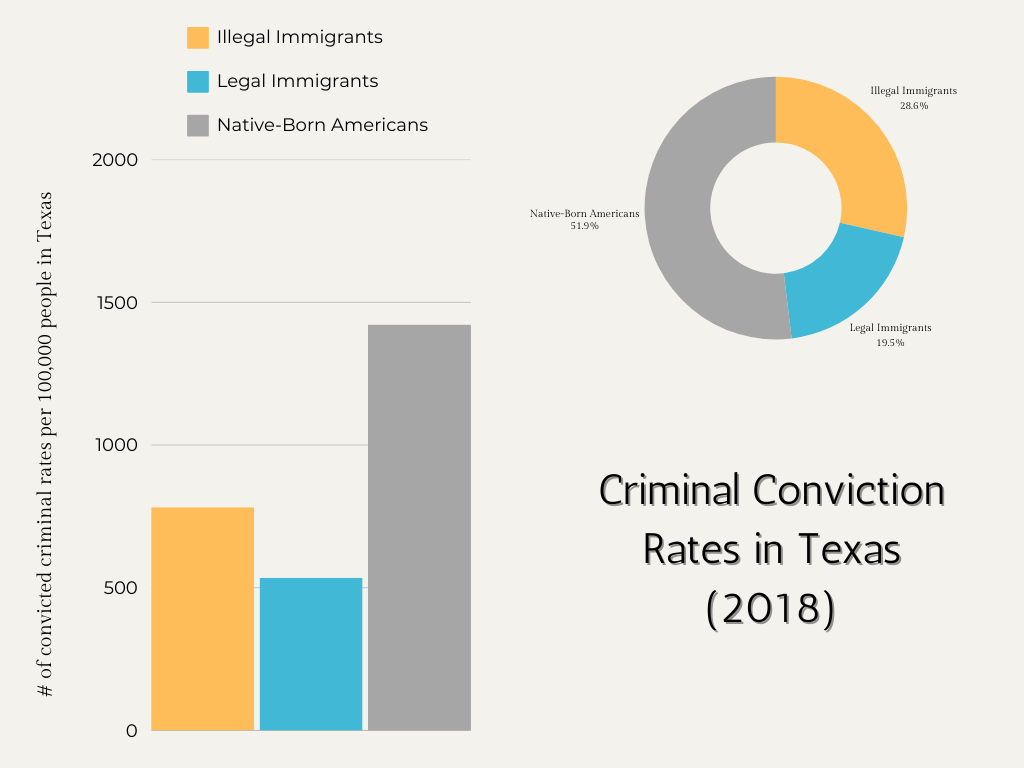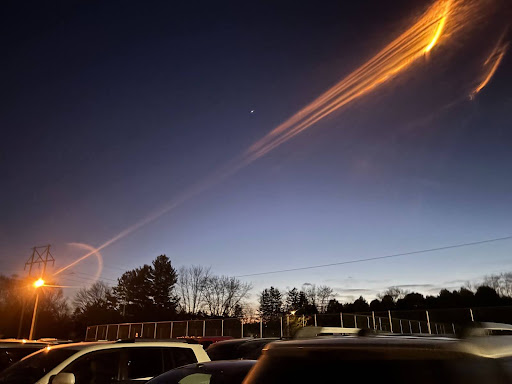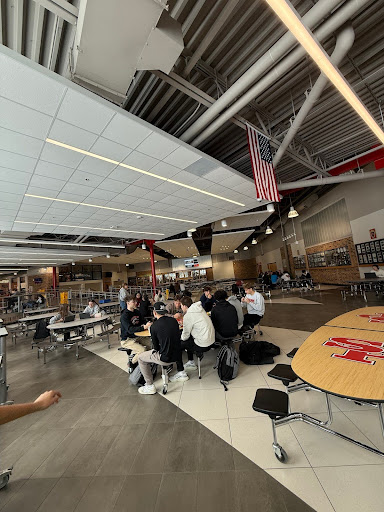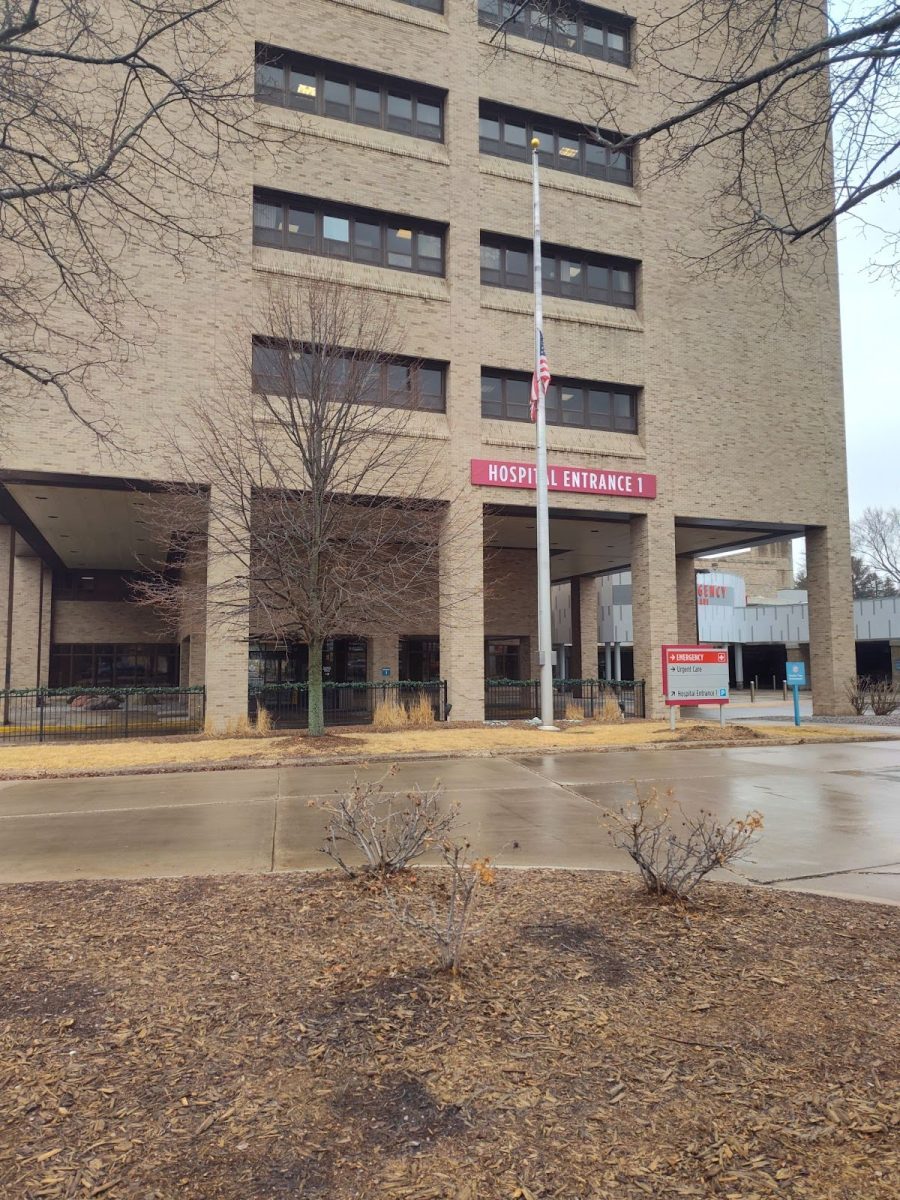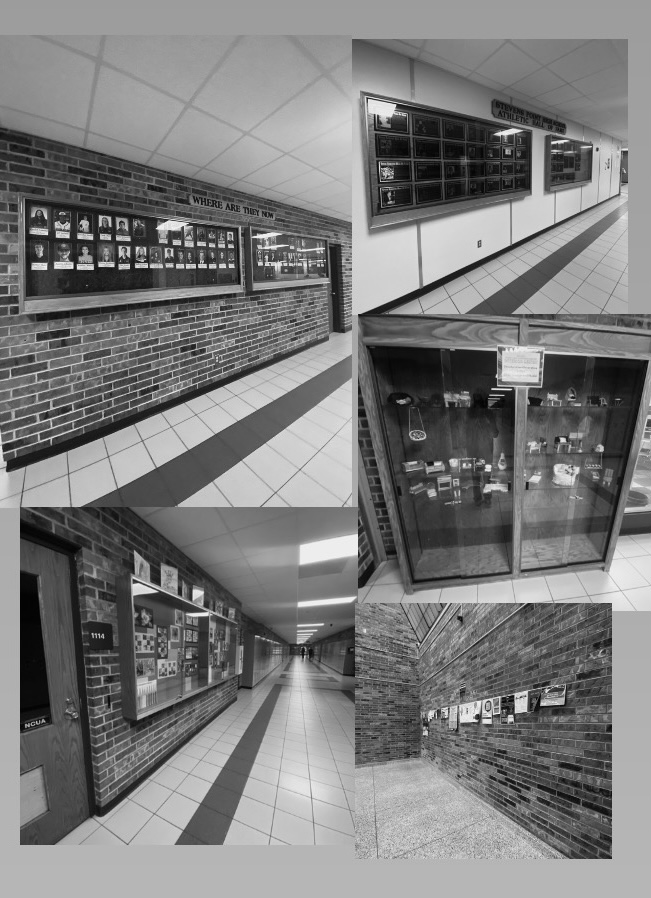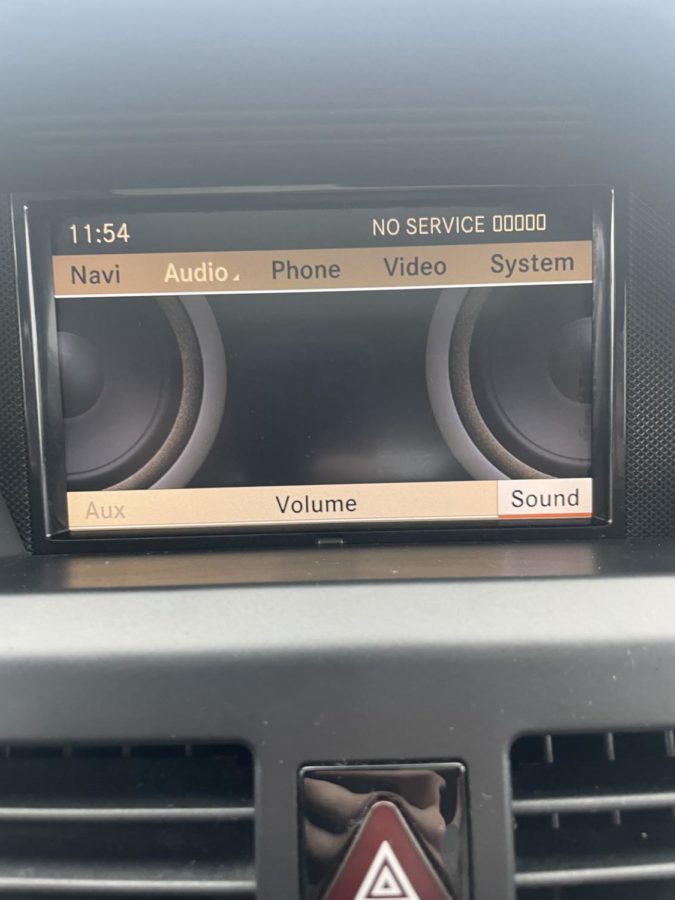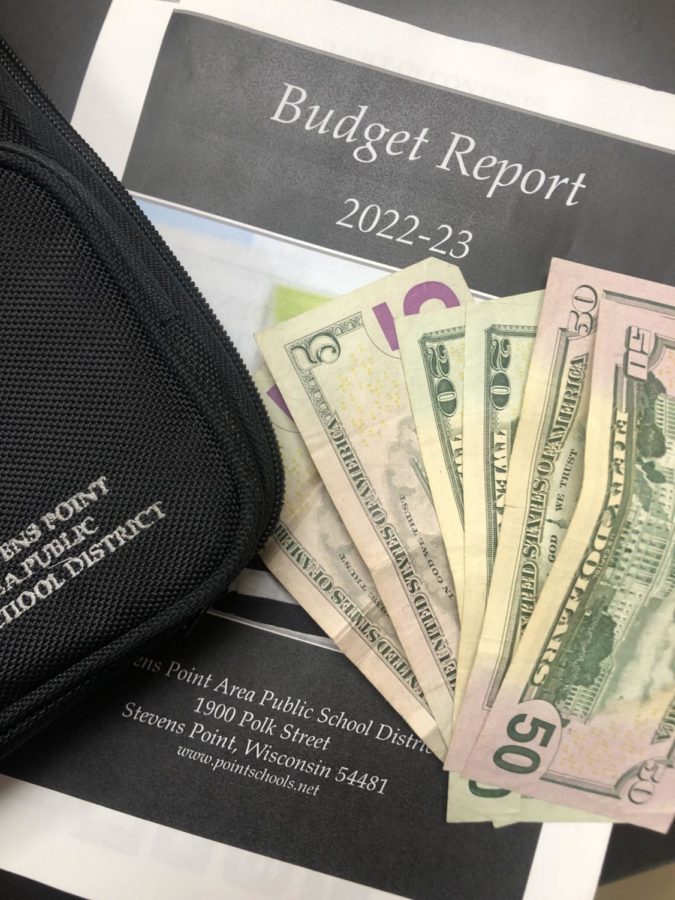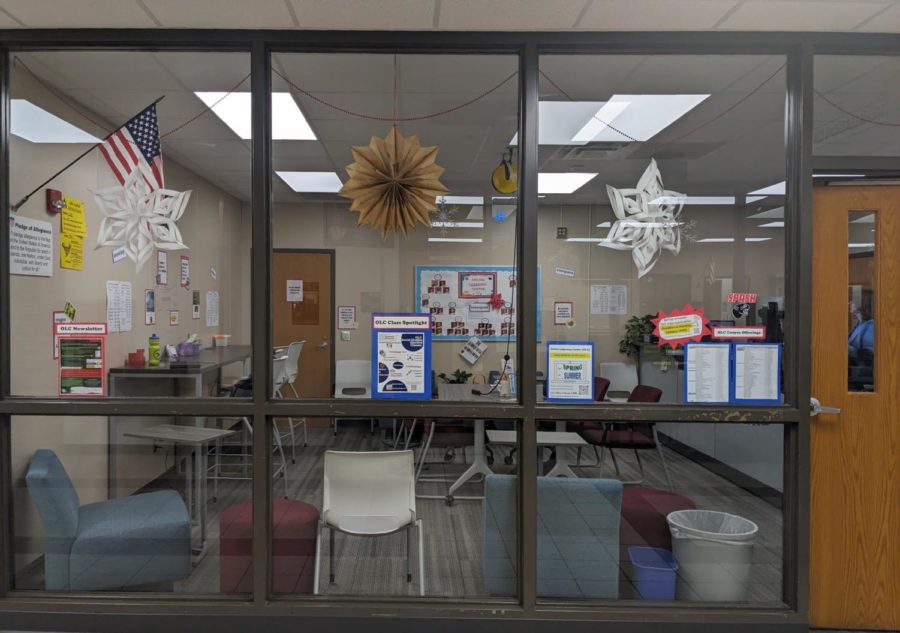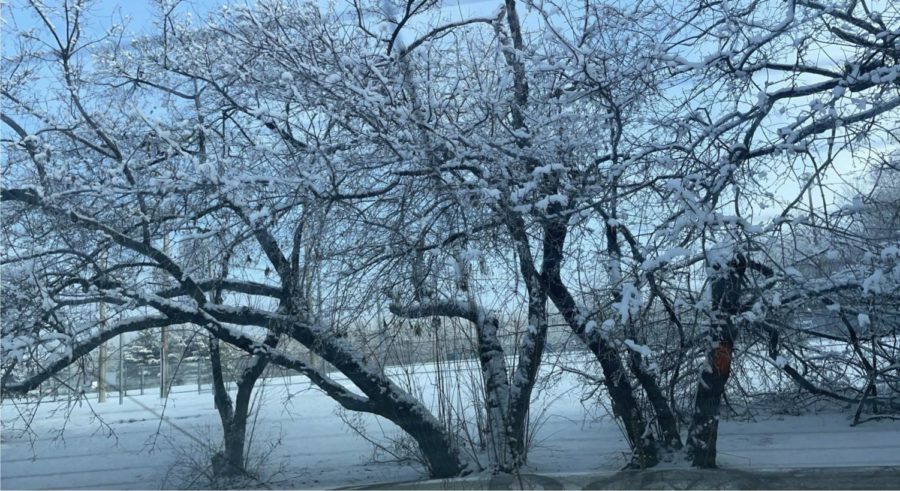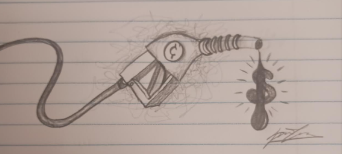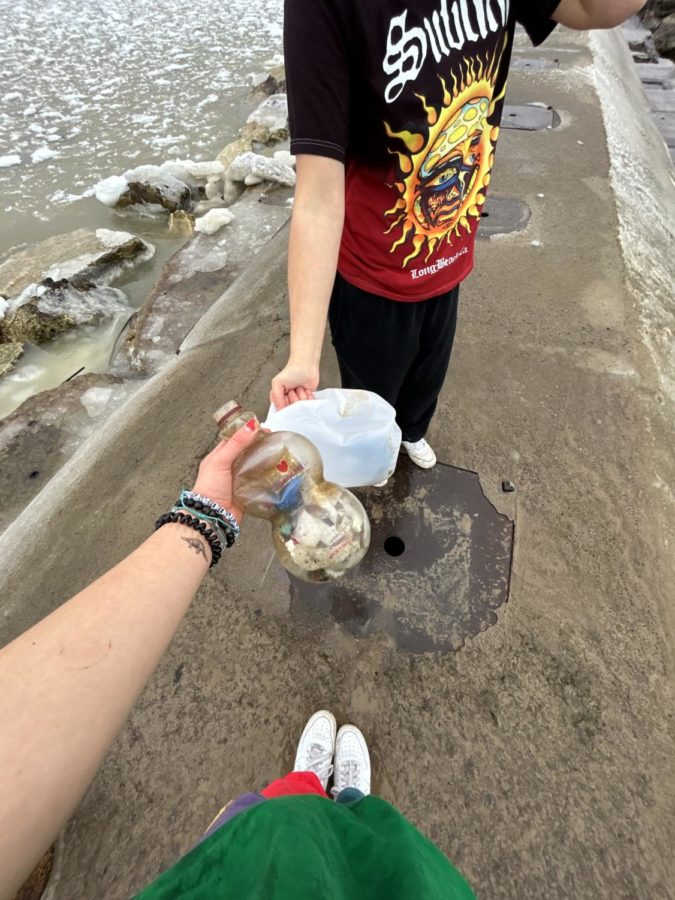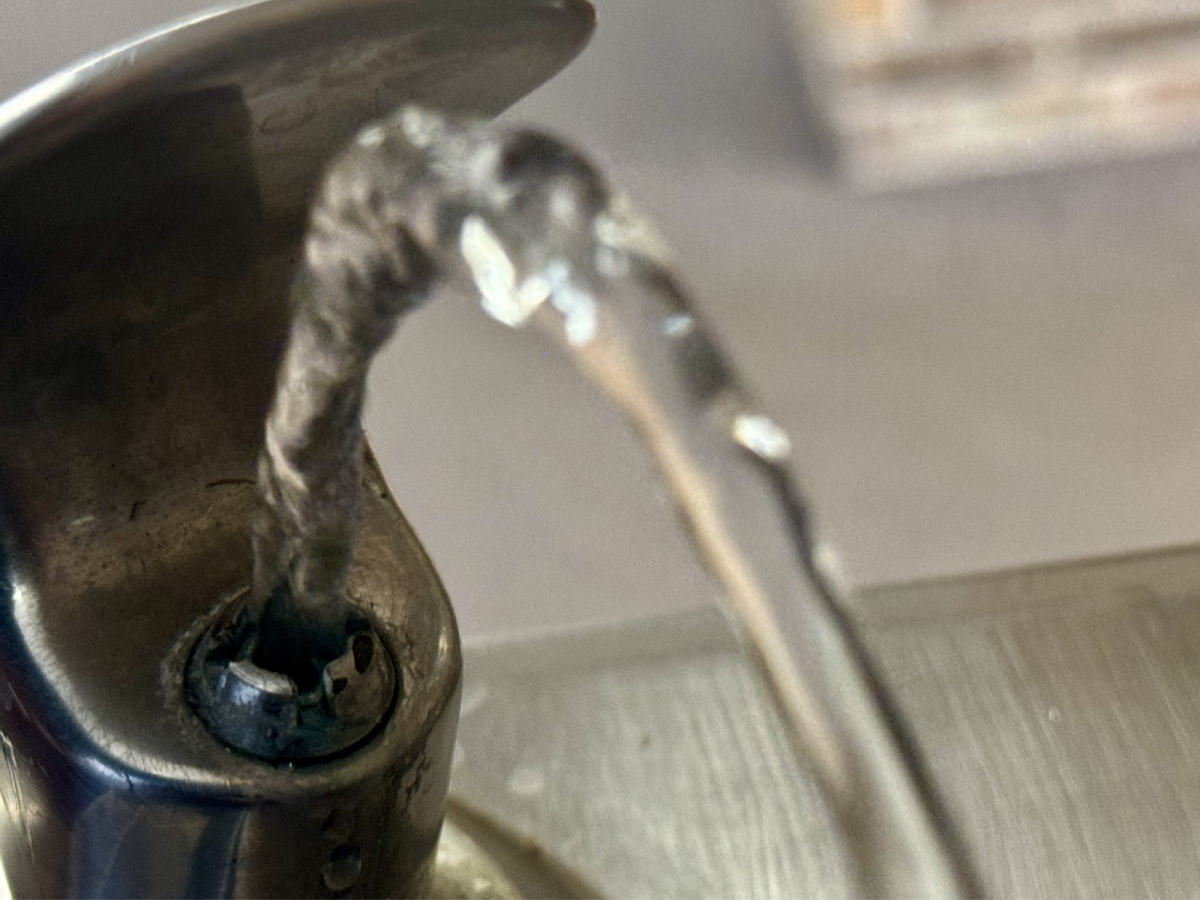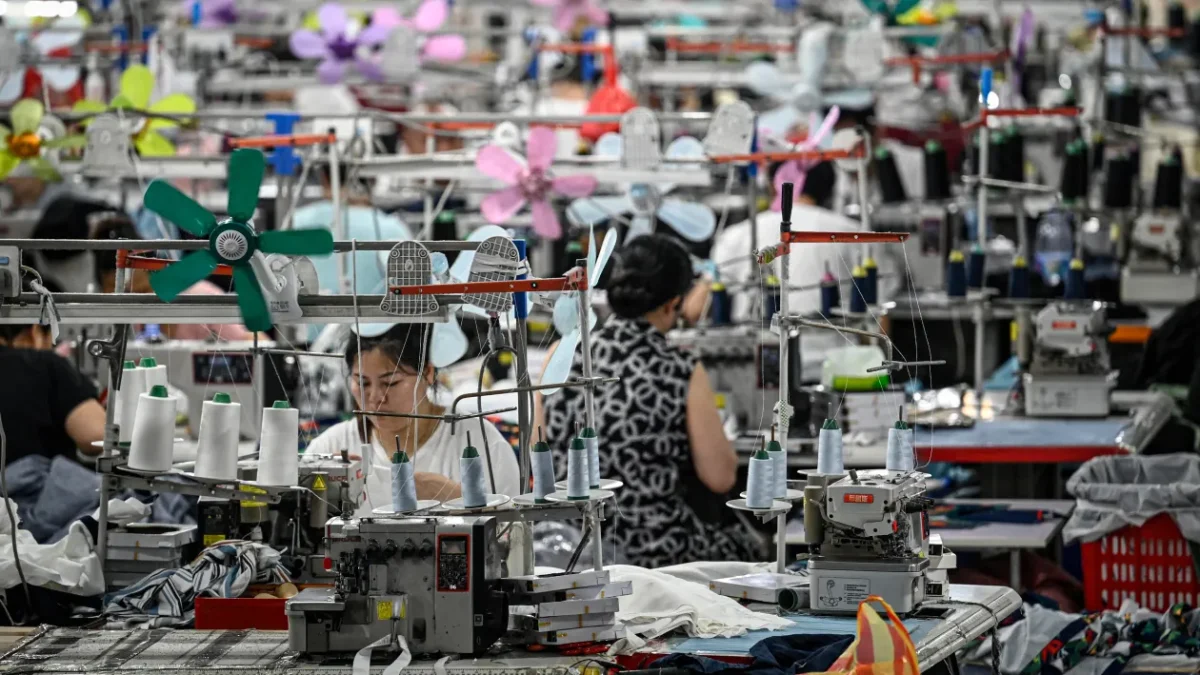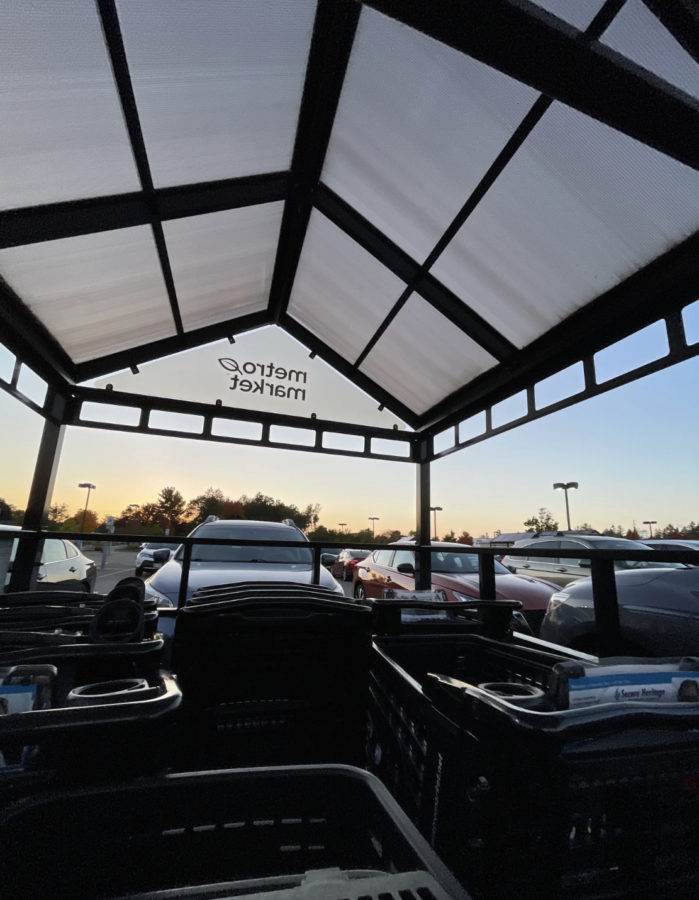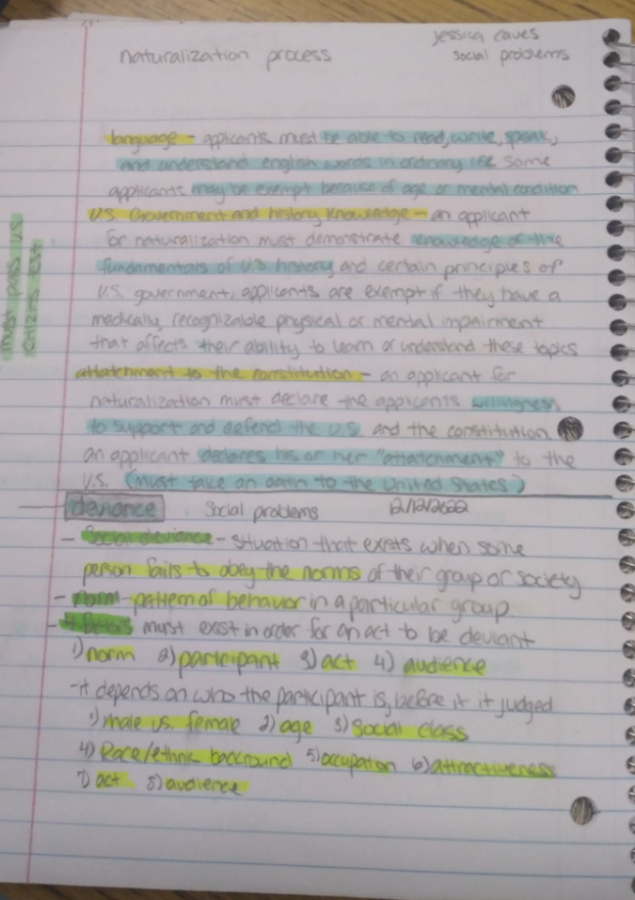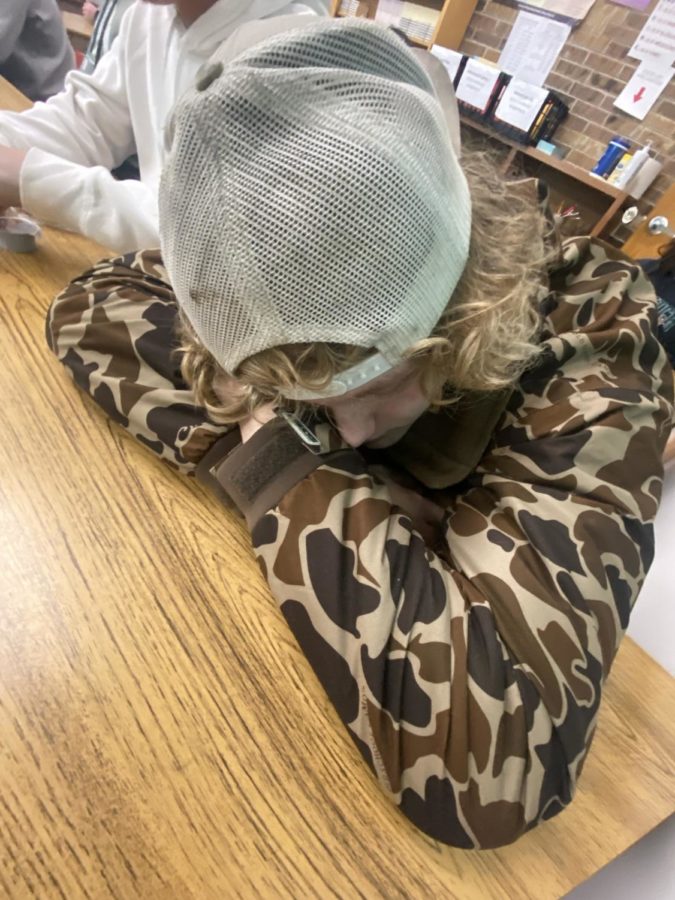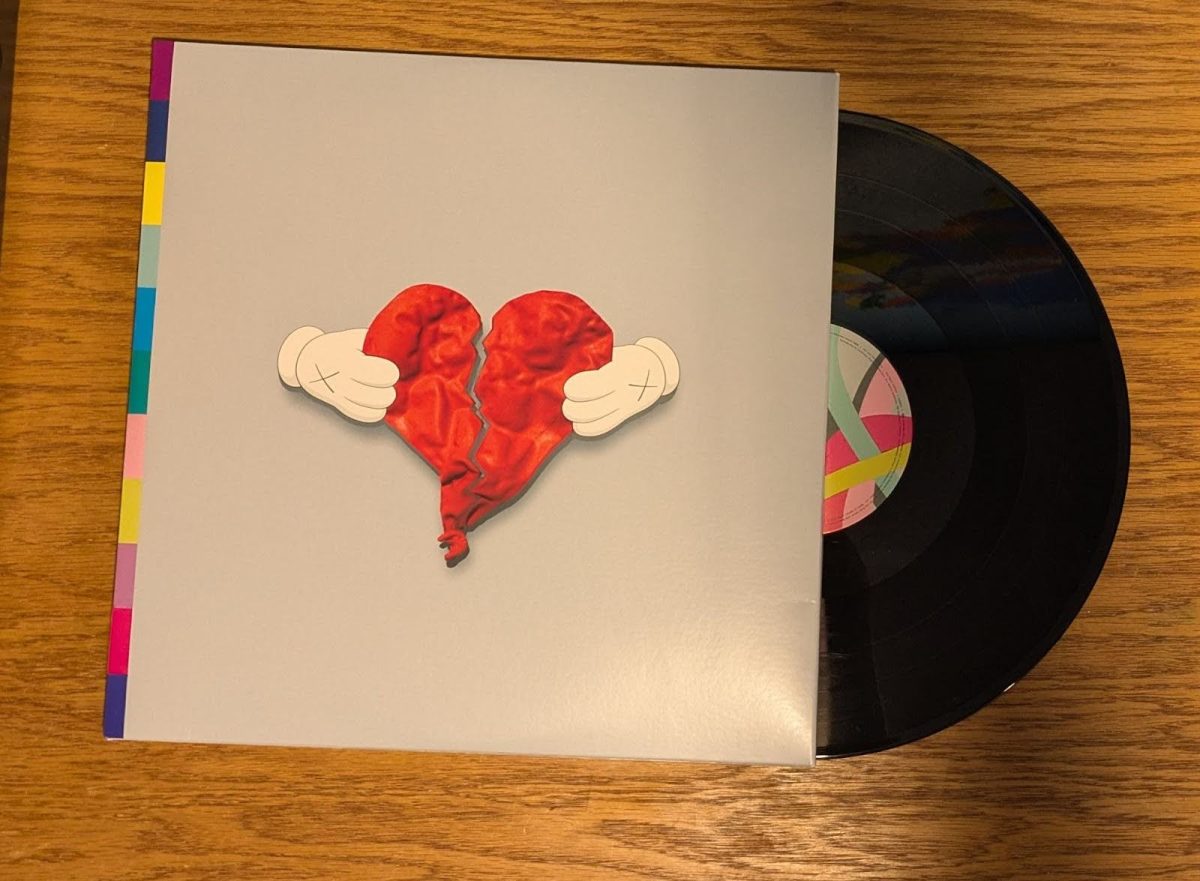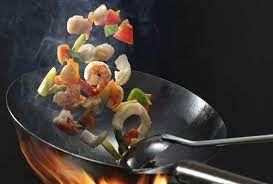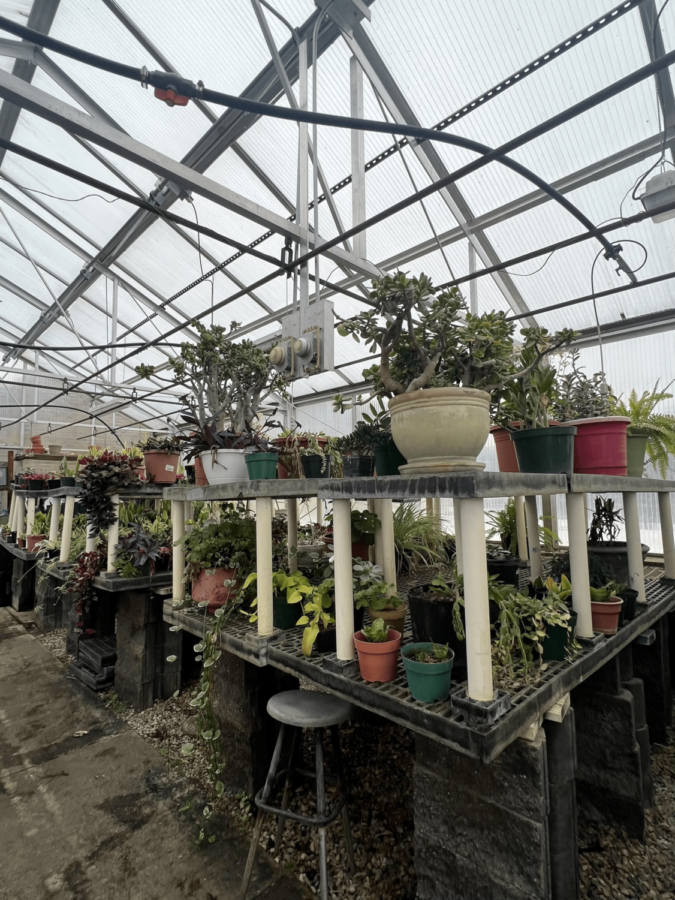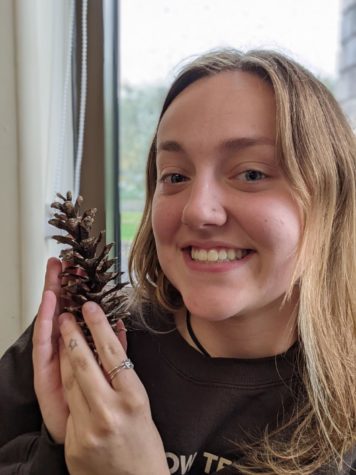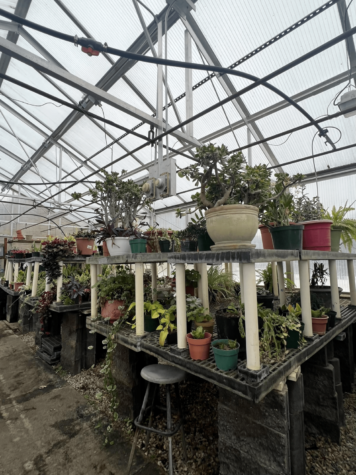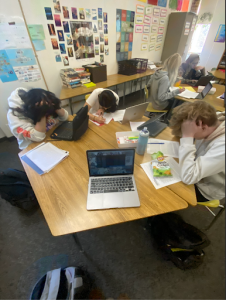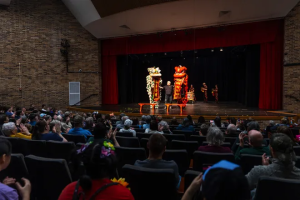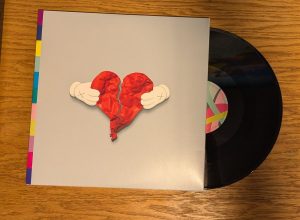Importance of the SPASH Greenhouse
January 18, 2023
SPASH’s Greenhouse is home to an estimated 200 plants which are constantly being tended to. A typical morning for the greenhouse manager involves watering every plant, refilling the soil tub, cleaning dirty pots, and propagating overcrowded mother plants, explains SPASH senior Chloe Rodgers. Along with Rodgers’ responsibilities, Stephanie Beranek, an agriculture teacher at SPASH, displays to her Horticulture classes different methods, ideas, and outcomes when working with plants. Mrs. Beranek claims “Many students will only have the opportunity during our Horticulture class to work within the greenhouse setting.” Though many dismiss this chance, those who don’t, hold the greenhouse very close to their hearts.
Why A Greenhouse?
Plants are important to many aspects of our lives, Mrs. Beranek proves the various connections everyday in class. During greenhouse sales, horticulture students are able to sell the plants they’ve grown to their peers, teachers, and community members. The SPASH lunchroom utilizes lettuce and spinach grown from the greenhouse. If you’ve ever eaten a sandwich or salad from the lunch line, the greenhouse is important to you too!
History of the Greenhouse
Like most places in Stevens Point, the SPASH greenhouse has a unique history of its own. It was donated in memory of John S. Okray, who never had the opportunity to attend agricultural education. Through progressive accomplishments of the Golden Sands area, Okray understood the importance of education and hoped future agriculture students would get the chance he did not. The popularity of the greenhouse has risen notably, Mrs. Beranek is now able to teach a horticulture class both semesters, instead of the one usual spring course.
Unknown Passions
The survey showed only 9% of students considered themselves involved with plants, so how can they be important? Rodgers, the Greenhouse manager, stated that she only took on the title for extra credits, but after one month she fell in love with the plants. One cannot find their passion unless they’ve experienced it, and Rodgers is living proof.
Though many don’t realize, the SPASH greenhouse holds a major importance to not only its students’ education, but their future. Without the help of John S. Okray, many students would still be in the situation he was once in. Next time you stop at the lunch line or walk past a plant sale, thank the greenhouse, Okray deserves it.


